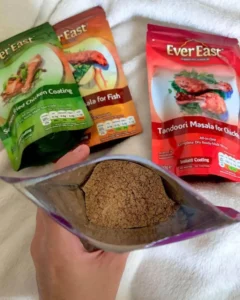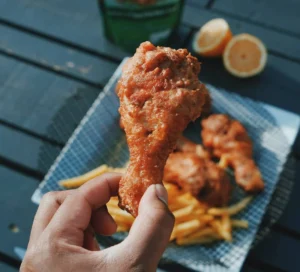Introduction
The crackling of embers, the intoxicating aroma of spices mingling with smoke – Pakistani and Indian clay oven (tandoor) and open fire cooking are culinary traditions deeply rooted in history and culture. These time-honored methods of preparing food have been shaped by a mosaic of influences, ranging from ancient trade routes to local ingredients and cultural exchange. In this article, we journey into the heart of these cooking styles, tracing the paths of flavors that have evolved through centuries.
The Tandoor: An Iconic Culinary Crucible
Central to both Pakistani and Indian culinary landscapes is the tandoor – a traditional clay oven that imparts a unique flavor and texture to dishes. Believed to have originated in ancient Persia, the tandoor traveled along trade routes to the Indian subcontinent, where it was embraced and adapted to local tastes. The tandoor’s intense heat sears meat and bread quickly, resulting in the smoky char and tenderness that are hallmarks of this cooking method.
Influences of Trade Routes
The tandoor and open fire cooking traditions were deeply influenced by the vibrant trade routes that crisscrossed the region. The Silk Road introduced spices like cinnamon, cardamom, and cumin, which found their way into tandoor-cooked dishes, enriching the flavors. The Arab traders brought techniques like marination, contributing to the development of dishes like the famed Pakistani Seekh Kebab and Indian Tandoori Chicken.
Cross-Cultural Influences and Fusion
Pakistani and Indian cuisines are a testament to the art of fusion, with their flavors evolving over time through cultural exchanges. The Mughal Empire left an indelible mark, blending Persian and Central Asian influences with Indian culinary traditions. The result is a palette of rich, aromatic flavors, showcased beautifully in dishes like Biryani and Rogan Josh. The tandoor was adopted and adapted by these cultures, leading to the creation of dishes like Naan and Tandoori Roti – breads that are now synonymous with the region’s cuisine.
Local Ingredients and Regional Nuances
Local ingredients have played a pivotal role in shaping the flavors of tandoor and open fire cooking. The fertile plains of Punjab, for instance, birthed a tradition of using hearty wheat-based breads to accompany tandoor-cooked meats. In the northwestern regions, spices like coriander and fenugreek took center stage, adding depth to dishes like Aloo Paratha and Chicken Tikka.
Celebration and Tradition
Tandoor and open fire cooking have a strong connection to celebrations and traditions. From the festive feasts of Eid to the colourful extravaganzas of Diwali, these methods of cooking evoke a sense of togetherness and shared heritage. The act of gathering around a tandoor or open fire, watching the food cook as stories are exchanged, is a ritual that transcends generations.
Conclusion
Pakistani and Indian clay oven and open fire cooking are a testament to the rich tapestry of history, culture, and trade that has shaped the region’s culinary identity. From the tandoor’s Persian origins to the cross-cultural influences of the Mughal era and the vibrant spices of the Silk Road, every bite carries a story of centuries-old connections. These cooking methods embody the essence of tradition and the magic that happens when different cultures, trade routes, and local ingredients come together to create unforgettable flavors.
Is your mouth watering just reading about all of this, not to worry, shop here for EverEast dry ready made marinades and get cooking today creating dishes that will wow any audience.


